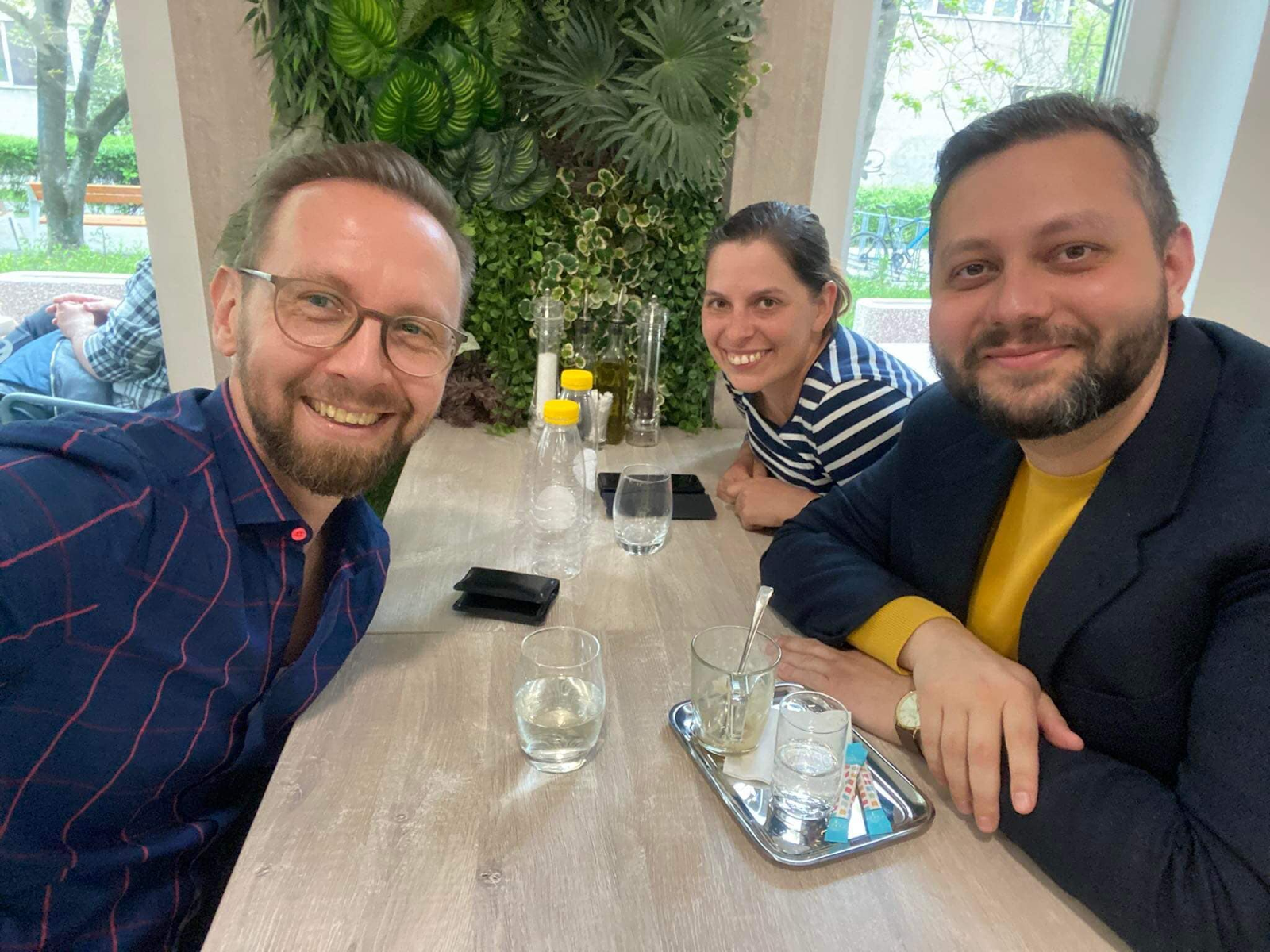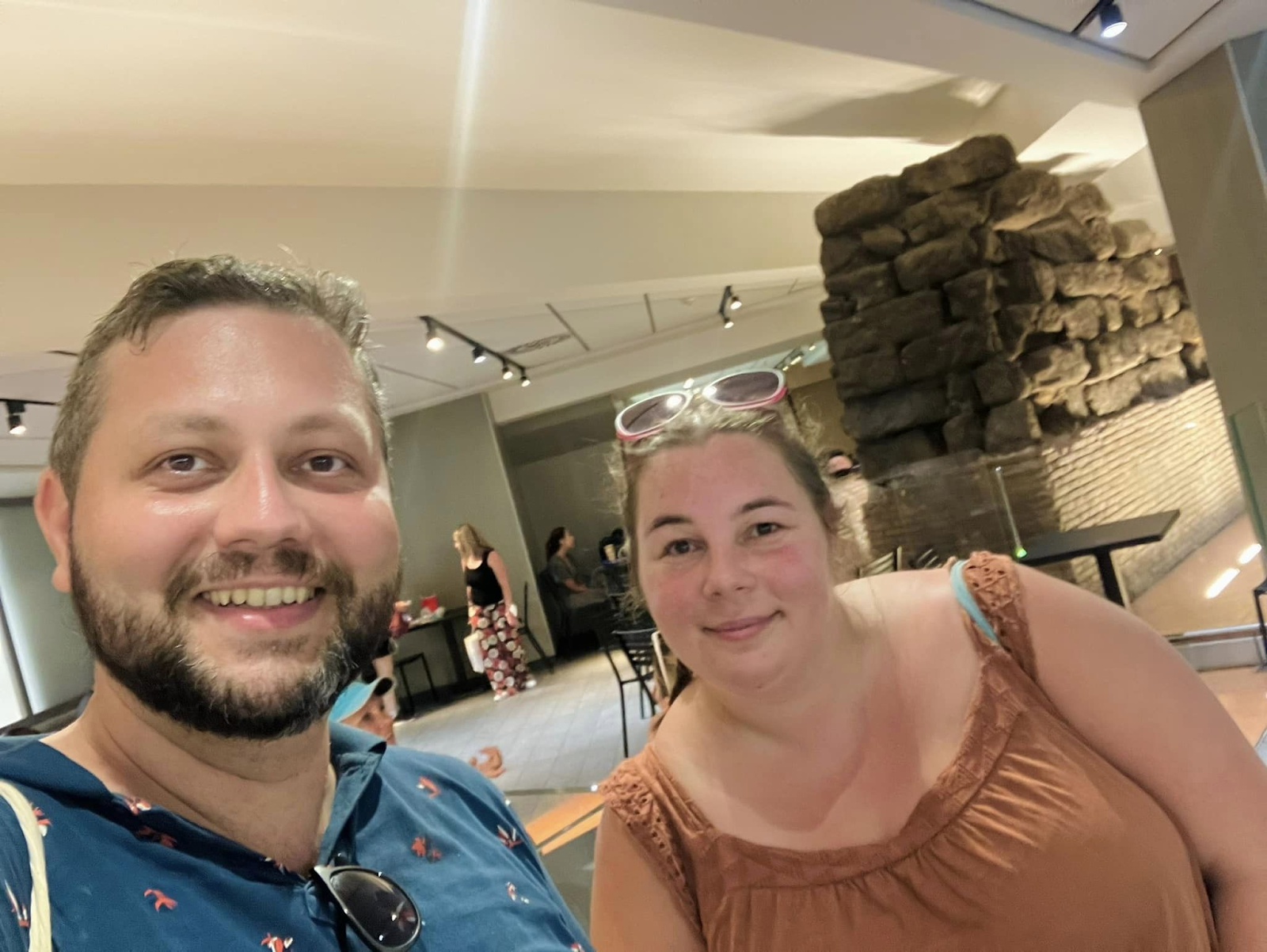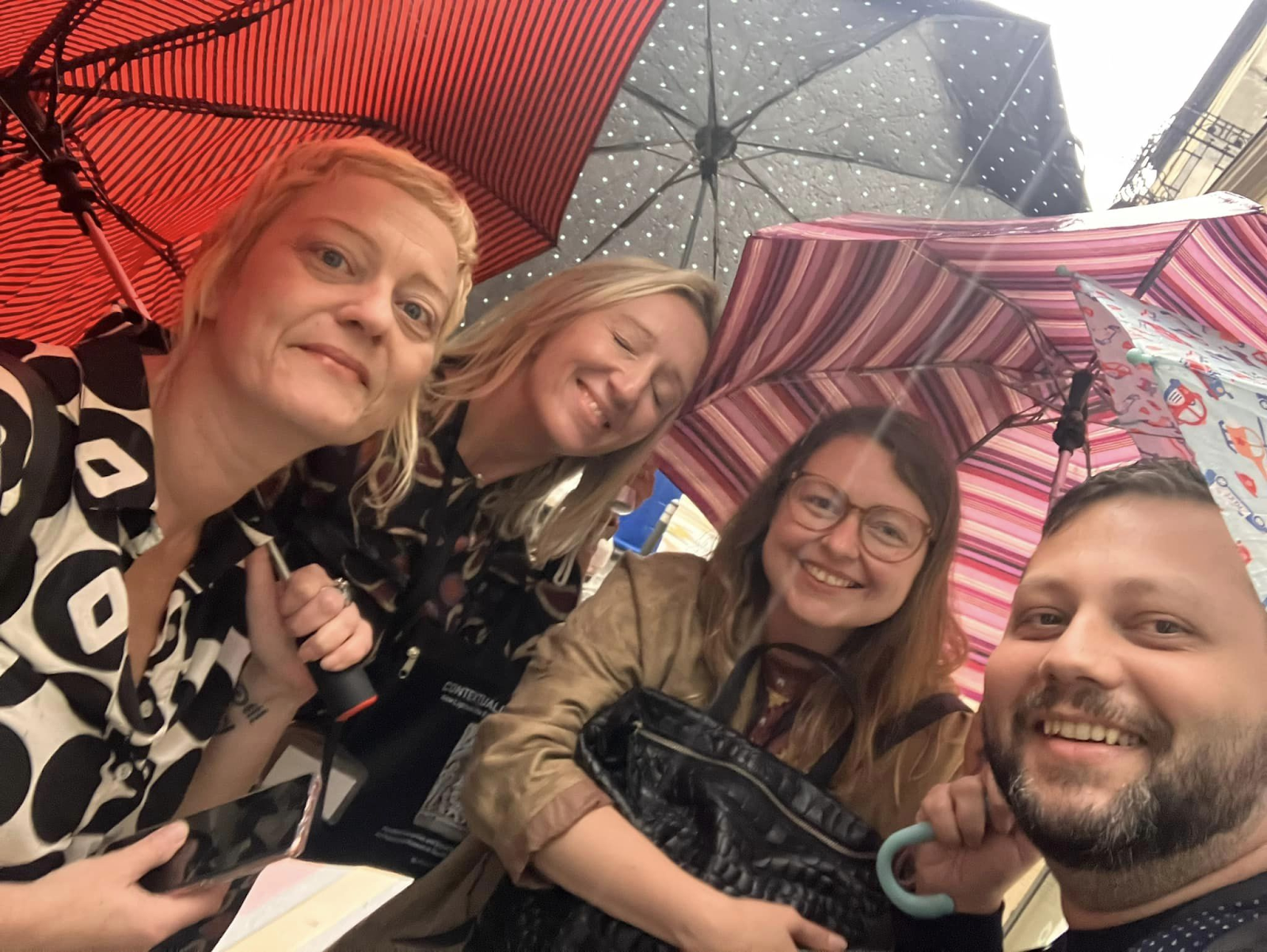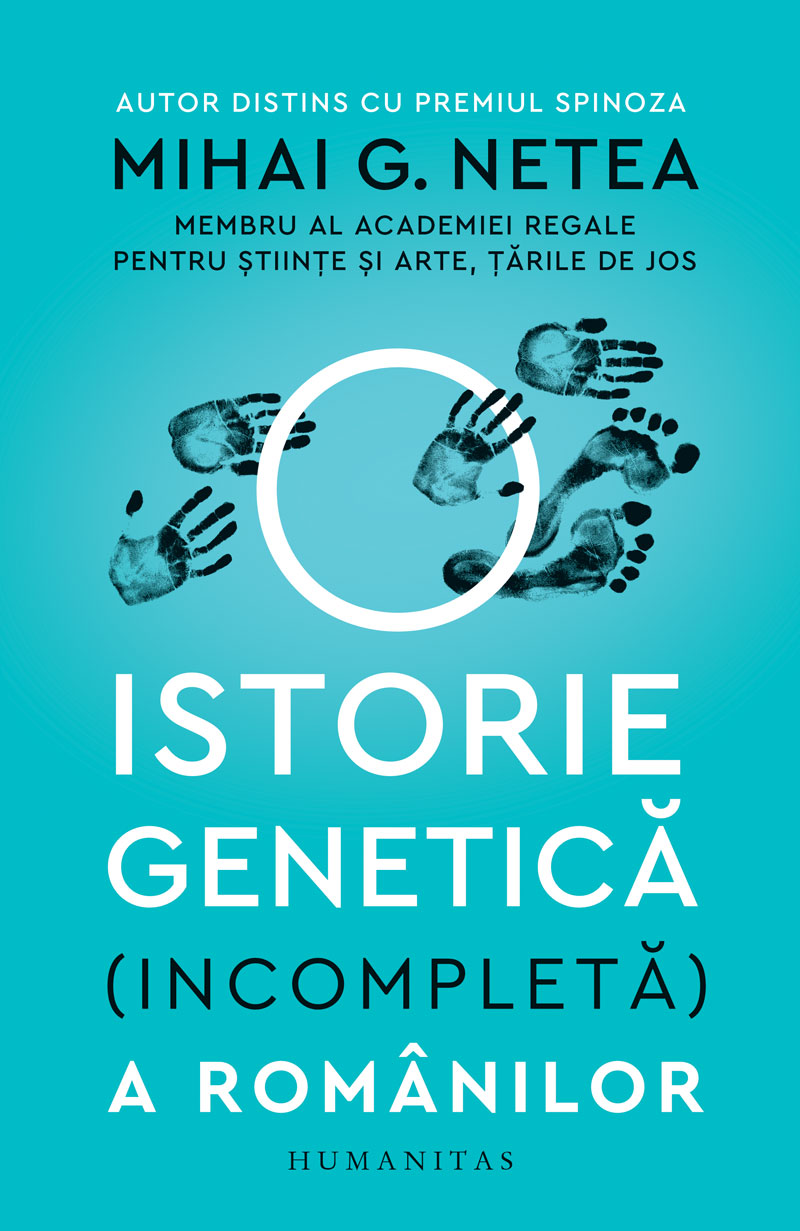In recent days, the world press - and now the Romanian press as well - has been covered by the news that in 1713 in Transylvania (at an as yet unknown location and under circumstances) a specific group of gold coins found by the leaders of the Habsburg administration, the so-called Sponsian coins would not be fakes, but originals. If this turns out to be true, then a new chapter must be opened in the third century history of the Roman Empire, the so-called in the chronicle of the age of soldier-emperors, which is complicated and contains many historiographical mysteries. If the coins in question are original, then Sponsianus would be a self-proclaimed Roman emperor who has not been preserved in written form by universal historiography, and thus the province of Dacia would have its own usurper, usurper of the throne. This would not only represent a never-before-seen chapter in the history of Transylvania, but the III. a new chapter of the second half of the 20th century would open up before us.
 |
| the Sponsianus coin from Glasgow. After Pearson et al. 2022. |
The so-called One of the Sponsian coins came into the possession of Baron Samuel von Brukenthal at the end of the 18th century, while another specimen ended up in Glasgow, Scotland, during a long and adventurous journey. The Scottish coin was recently examined by Paul N. Pearson and his colleagues in a study published in the prestigious scientific journal Plos One. The peculiarity of Plos One is that it is an interdisciplinary journal, so it is not primarily one of the canonical, recognized and prestigious journals for the research of Roman history, but rather a well-known forum among practitioners of the natural sciences. The Journal of Roman Studies, Journal of Roman Archeology or Le Bulletin Numismatique are among the most important journals of Roman historiography. Apart from the not at all incidental fact that the study was not published in one of the prestigious, specialist journals of Roman Empire research, but in an interdisciplinary and demanding journal with a peer-review system, the study by Pearson and his colleagues barely half a year after the new it was published after his book, whose list of acknowledgments already includes the Glasgow Museum and the Sponsianus medal (Paul Pearson, The Roman Empire in Crisis, 248–260: When the Gods Abandoned Rome, Pen and Sword Military Publishers, 2022) . I will be honest: for fifteen years I have been researching some very specific connections of the history of the Roman Empire, related to the Roman religion, and I can say without hypocrisy that I know the greats of the profession, including those who deal with history, numismatics and, in general, the main topics of universal ancient historiography.

I have never heard of Paul N. Pearson, who is a geologist and paleoclimatologist. The vast majority of his studies have nothing to do with the Roman era, but for some strange reason that I do not understand, since 2016 he has been intensively dealing with the most complicated period in the history of the Roman Empire, the III. so-called century with its soldier-emperors. It is well-known that military history is very popular among a well-defined type of man, they can sometimes memorize surprising details, recite weapon typologies and event chronology almost entirely. His 2016 volume presents the life and age of Emperor Maximinus Thrax. The 2016 volume was published by Pen and Sword Military Publishing House, just like his latest book, which presents the period between 248 and 260 AD. Needless to say, this is not one of the publishers known in the professional circles of Roman research, although many well-documented military history and educational volumes have been published there, also by rarely recognized ancient historians (Michael Sage or Ilkka Syvänne). Pearson's professional involvement in Roman period research is therefore rudimentary, and his professional preparation can be said to be self-taught. Pavel-Flavian Chilcos, in his review of Pearson's 2016 volume on Maximinus Thrax, emphasized that the English author often mixes secondary literature (bibliographic references, assumptions, historiographical, historiographical metahistories and imaginations) with primary sources (ancient authors, archaeology, epigraphy). It is also clear from Chilcos's review that we used to fail students at the Faculty of History for this kind of mistake - at least this was the basic deontological rule in better times. In his 2022 volume, for example (on page 16), he talks about Roman inscriptions without quoting them, but we don't even find references in the introduction, so the more curious reader has no chance to search for the Roman inscription in question, for example, or to read additional literature on the primary about
sources. On page 30 of his new volume, he lists the legion camps in Ulpia Traiana in the third century (correctly: colonia Sarmizegetusa, or Ulpia Traiana Augusta Dacica Sarmizegetusa). This is not only a mistake, but a falsification of history. It is a similarly big mistake to confuse the Phrygian cap with the Dacian cap, which in Roman iconography is usually separable and not completely identical. 225-230 of Pearson's new volume. page contains the chapter called Analyzes a Sponsian mystery. He expanded this chapter and communicated it to the staff of the Glasgow museum, which then made the rounds of the world press as well as the Romanian and Hungarian press due to the BBC and Guardian articles.
The study by Paul Pearson and his colleagues can be summarized in the following points:
1) the XVIII. century, there was a discovery in Transylvania, which was probably first documented by Johann David von Palm, who handed over the coins to the head of the medallion collection in Vienna. Of the coins, 4 gold coins and at least one now-lost silver coin contained the name of Sponsianus, of which 2 are in Vienna, 1 in Glasgow, and 1 in Sibiu, in the collection of the Brukenthal Museum.
2) The study cites the 19th century literature, which without exception considered the coin to be a "poor quality modern counterfeit", and therefore Sponsianus was considered a fictional emperor
3) no literary source mentions him among the military emperors and usurpers of the 3rd century, so the classical Roman prosopography rejects the existence of Sponsianus
4) through modern metallurgical tests, it was revealed that the gold coin of Sponsianus contains a large proportion (3.83%) of silver and copper (3.39%), which is not typical for the mints of the city of Rome, where the gold coins were legally minted. At the same time, geological features were also found on the coin, which allowed the authors to conclude that the coin could have been in the ground for hundreds of years.
5) the gold composition of the much purer III Gordianus coins discovered in 1713 together with the Sponsianus coins and the heterogeneous nature of the coin collection may indicate that a forger was not able to make a forgery of this quality.
6) In Pearson's volume published in 2022, we also find an idea in the study that Sponsianus could have been a kind of arbitrary governor of Dacia between 260-270 and acted as a dux and joint leader of legions as a usurper.
Pearson's article was immediately picked up by the English press, and there was no stopping after that: as a feature of the globalization of the world press, the BBC news material was included in the daily news of the world's major press network. Fortunately, some Romanian archaeologists and numismatists loudly objected to the article's historical conclusions, which are based on very weak historical foundations. Pearson's article failed to take into account several fundamental details. For example, he does not discuss the history of Dacia between 240-260 in detail, he completely ignores contemporary Romanian literature, archaeological and epigraphical material, he did not contextualize this era with army movements, coin hoards and epigraphical data. The name of Sponsianus, which is currently known from three Latin inscriptions, all from Rome without exception (CIL VI 3959, 4188, 5263) and none of which appears on coins, but in a funerary context, was not analyzed. The name therefore exists in an imperial context, but without exception it is from the early imperial period (1st century). This information alone could cause concern. The epigraphic features of the coin were not analyzed in detail either: although the authors analyze the engravings and physical features of the coin's letters, the III. calligraphy comparison and analysis of 19th century coins. It could have been decisive if the chemical composition of the coin's gold had been compared with the composition of the gold objects recovered from Alburnus Maior. The authors avoided the usurpers of the period known as the age of counter-emperors and military emperors.
 |
| CIL VI 3959 |
It would have been particularly important to compare the coin in question with other usurper coin types that have survived in small numbers. In the Roman Empire, between Lucius Arruntius Camillus Scribonianus in the 1st century and Romanus in the 5th century, at least seventy counter-emperors threatened the empire and the imperial "crown" (contrary to the articles in the Western press, the Roman emperor was never crowned). The usurpers had this long his list expanded especially in the third century. A usurper named Silbannacus is known from the time of Philip the Arab, whose identification in the 1930s was as complicated as that of Sponsianus in question. The name of Silbannacus has not survived in literary sources either, it is known only from two coins: a 1932- in and we know the Gallo-Celtic person from a coin found in France in the 1980s. The British Museum considered the authenticity of the coin found in the 1930s to be beyond all doubt authentic, but in the decades that have passed since then, this authority has also been questioned by many historians. Of course, Silbannacus's story could not be advertised on Facebook ninety years ago and the The BBC did not trumpet the name of the "new" Roman emperor, the Gallic usurper, with perhaps such great zeal.

As in the case of the Silbannacus coin, the Sponsian coins also pose a fundamental methodological problem of historiography: how can the past be reconstructed if only one type of source is available and its authenticity is very difficult to establish? Every budding historian knows from his university days that "one source is not a source", so the authenticity of a historical event requires a primary source of various kinds from several directions and points of view. Coins, inscriptions, literary sources, and archeological evidence mention, for example, the life of Emperor Augustus, so his "existence" can hardly be doubted. The situation is much more difficult with such a turbulent era, when the atomization and political instability of the Roman Empire broke the imperial power into pieces and there was an anti-emperor in almost every province and region. The reconstruction of their lives is also difficult because they became enemies of the dominant power by usurping the power, so their memory was erased (damnatio memoriae). It is no coincidence that usurpers are rarely known from inscriptions and archaeological sources, but the literary sources are also extremely tight-lipped about them. The existence of Sponsianus is not impossible, we know that the province of Pannonia also had an anti-emperor during the time of Gallienus (anti-emperor Regalianus around 260). In order to prove it, however, it is also necessary to answer the research methodology questions mentioned above. Personally, I have high hopes for the managers of the numismatic collection of the Kunsthistorisches Museum in Vienna, because two Sponsian coins can also be found in the famous Vienna imperial medal collection. We hope that they conduct more careful and thorough research and present their results to the world press in a less sensationalist way.
Note also, that there is a very rich Hungarian, German antiquarian literature on the Sponsianus coins in the 18th and 19th century. Some of them – for example the medical history of Weszprémi István mentions, that Szathmári Pap Mihály – who had one of the largest private numismatic collections in Transylvania in the 18th century – owned also a Sponsianus coin. The fate of his collection is unkown. The Sponsianus affair and the coin from Sibiu was already on the headlines in 1866 but nobody believed it was real.
 |
| Sponsianus on headlines already in 1866 |
 |
| Weszprémi István about the Sponsianus coin of Szathmári |
At the same time, Paul Pearson's work sheds light not only on the question of basic historical methodology arising from the lack of sources in antiquity, but also on how easily a discipline can fall into crisis if it is cultivated by people who are not sufficiently careful, their work is methodologically objectionable. Establishing the "authenticity" of Sponsianus belongs to the future tasks of research for the time being, but solving the crisis of historiography should be an urgent task of the discipline.








































